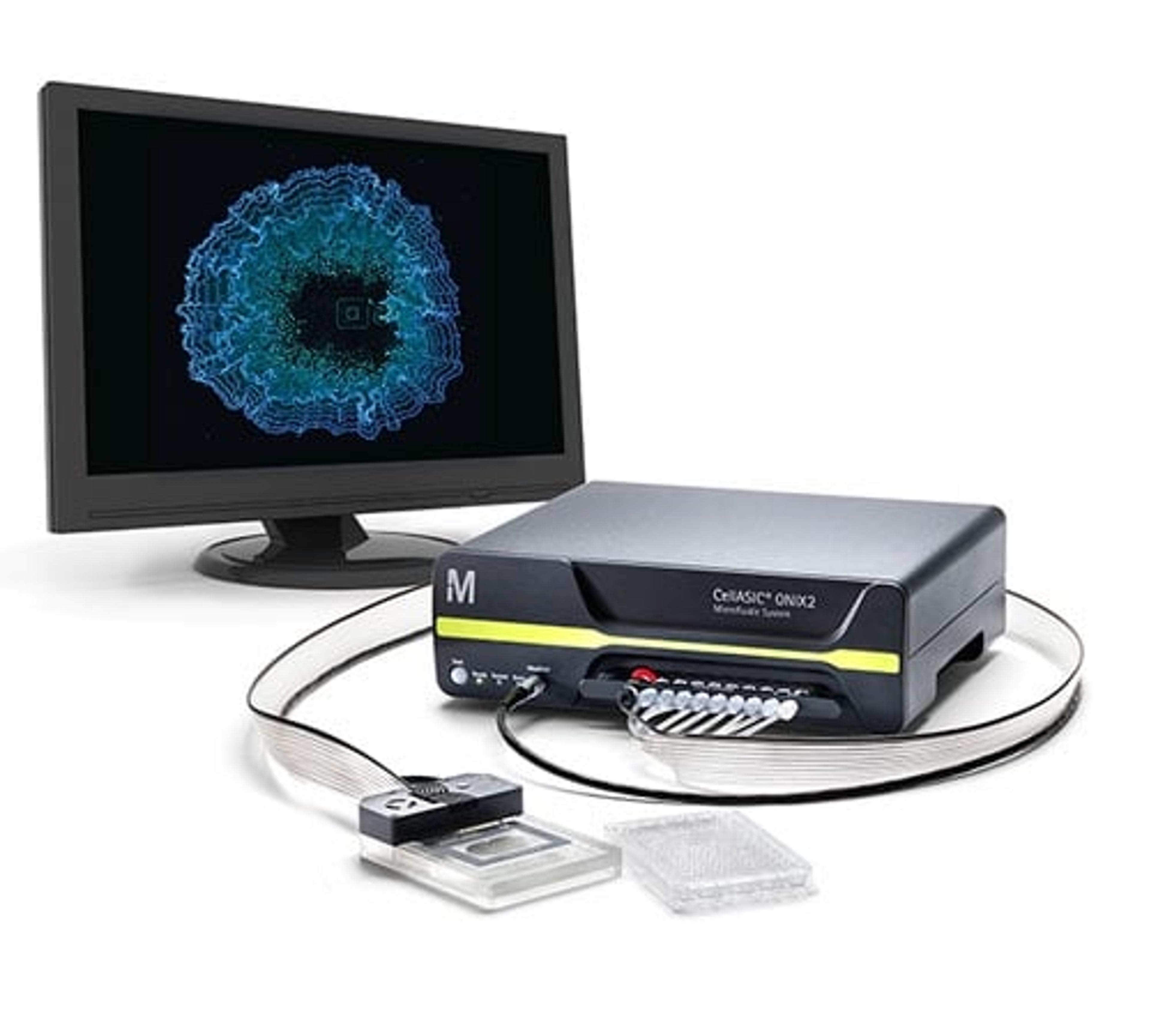Webinar highlights - Not Just for Neurons - Electrical Signaling in Bacterial Biofilm Communities
Highlights from an expert presentation on the latest developments in biofilm electrophysiology
24 Nov 2017
In a SelectScience® webinar, Dr. Gürol Süel, Professor of Molecular Biology at the University of California, San Diego, shared his expert insights into the latest developments in biofilm electrophysiology and his research on ion channel-mediated electrical signaling within bacterial biofilm communities.
You can still watch the free webinar to learn about:
- How electrical signaling can have long-range effects that extend beyond the biofilm community
- What impact real-time, continuous imaging of live cultures has had on the study of bacterial biofilms and population responses
- How two biofilms may become electrically coupled, and may modulate that nexus to engage in nutrient time-sharing dynamics
Watch the webinar on demand or read on for highlights from the Q&A session.

Have you explored any conditions under which nutrient time-sharing between biofilms is stopped?
Yes - as I showed in my slides, if the nutrient levels are high enough then this competition between the bio-films is weak and means that the nutrient timesharing is not engaged. So nutrient time-sharing is the dynamics between biofilms and we only really see it kicking in when the competition strength outweighs the communication strength. The communication is therefore trying to synchronise the biofilms, but the competition is trying to push them to be out-of-phase because it’s more efficient for nutrient consumption. So, if there’s high enough glutamate concentrations in the medium, the two biofilms will not engage in nutrient timesharing.
How do you think the nutrient time-sharing phenomenon is affected by inter-biofilm distance or by the proximity of multiple biofilms within signaling distance?
The last part of this question is very intriguing, and to be honest we don’t know because we haven’t done the experiments yet. It would be interesting to see what happens when there are more than two biofilms in the vicinity. This is definitely something that could be explored, at least to begin with, on the computational side and we could generate some model predictions.
With regards to inter-biofilm distance, obviously this is an important component. If the two biofilms are very far away, then none of this behavior is going to be observed because the distance between the two biofilms is too great for either to sense each other through electrochemical signaling or competition for limited nutrients. The two biofilms we use are separated by 1-1.5mm, which is a big distance if you think of it from the perspective of the size of a single bacterium.
But these behaviors will only really matter if the two biofilms are close enough where the behavior of one would be relevant to the other biofilm. If the two biofilms are separated by too large distances, then they may not care about what the other biofilm is doing. If you are in close enough vicinity, then in fact you might want to adjust your dynamics according to what the competing biofilm nearby is doing.
You mentioned that the microfluidic plate used to image the biofilms has an usually large surface area. What advantage does the microfluidics environment confer over standard optical plates?
With microfluidics we can have precise control over the composition of the nutrients and the media and can also exchange the media. We can introduce and remove things and that allows us to run perturbation experiments, and gives us a glimpse to the response of the bacteria. For example, when we shock them with potassium we can induce action potential-like dynamics in the films. That’s really taking advantage of the microfluidics aspect.
In terms of the geometry of the plate, having these large XY dimensions means we can grow biofilms that have millions of cells, but we can still resolve most of these cells at the single cell level. We can image individual cells and even track them. If we didn’t have such a wide geometry, then either we couldn’t grow really large biofilms, or we wouldn’t be able to track a lot of the bacteria for a very long time. So the geometry and the fluidics capabilities provide us with those two advantages.
Watch the full webinar on demand, or find out more about the technology enabling this work.

